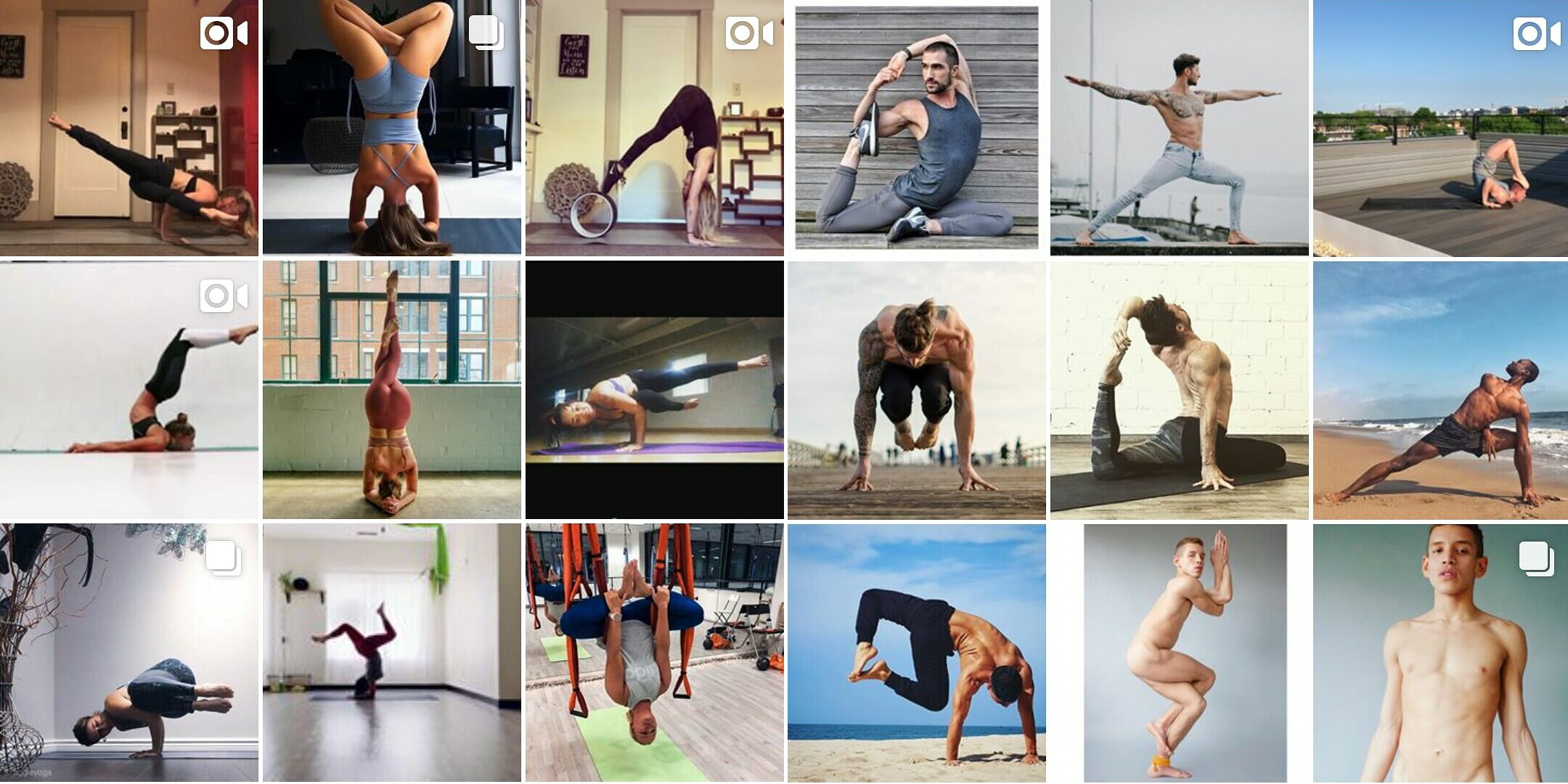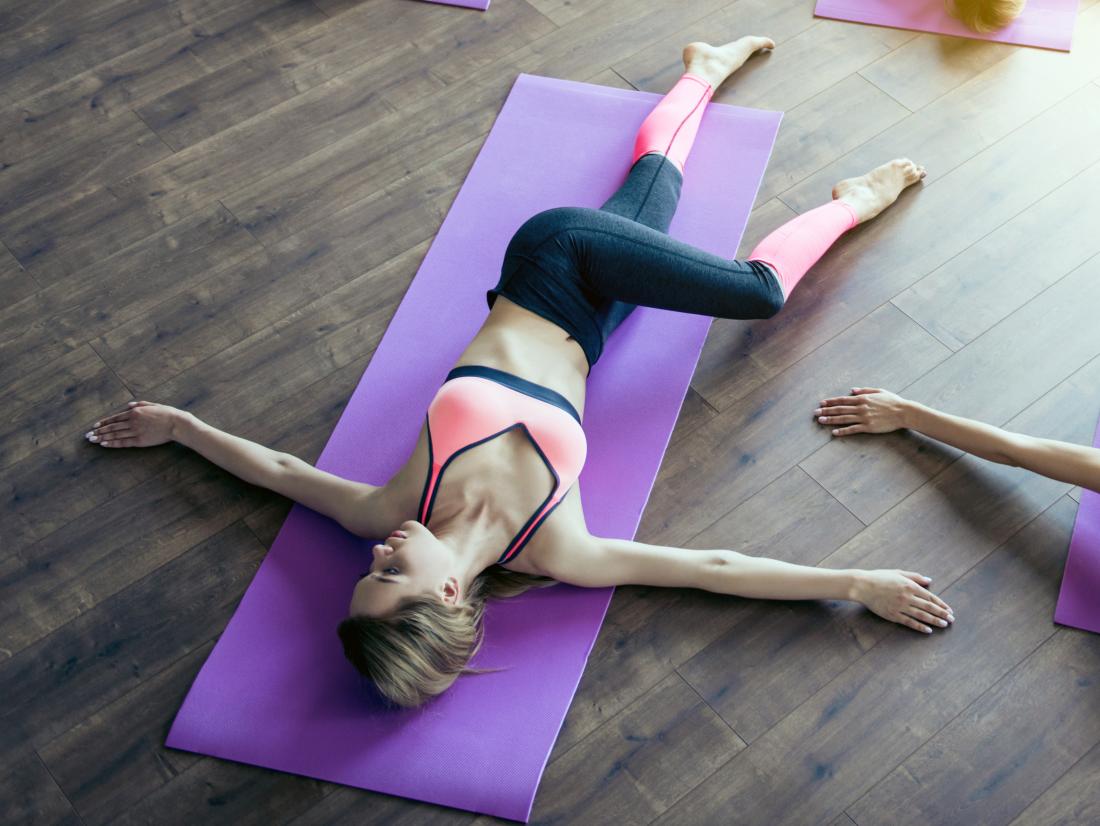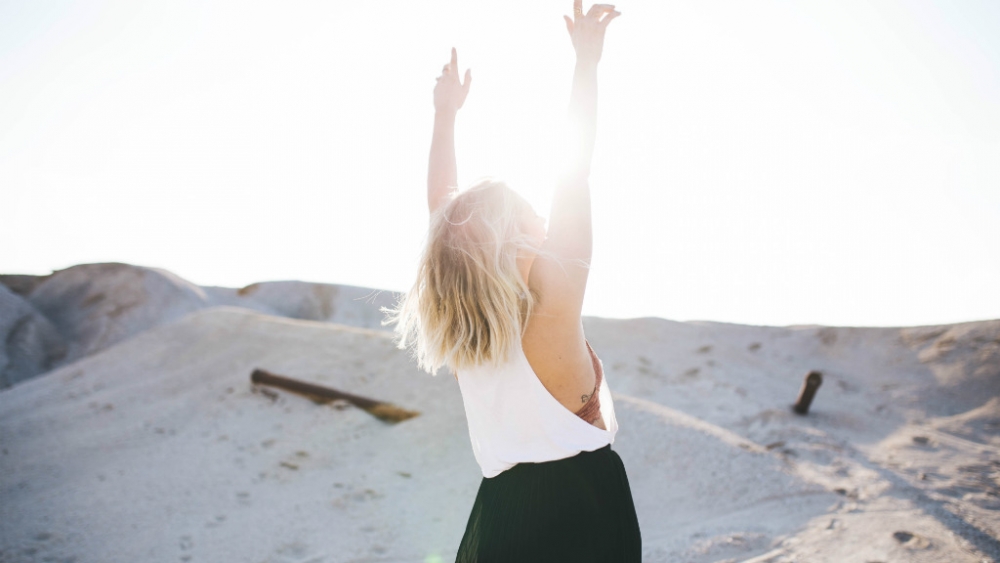
Flexibility yoga can help you improve flexibility and strengthen joints. These exercises will increase your flexibility and decrease stress. The eye of the needle pose can be started by bending your knees, bringing your right leg up towards your chest. Keep the position for 30 second, then switch legs. Switch sides. You can also try the headstand to increase flexibility.
Stretching muscles
Flexibility yoga involves stretching our muscles, ligaments, and tendons. During stretching, our inverse myotatic or stretch reflexes are activated. This reflex protects tendons and helps to relieve muscle tension. Stability and range of motion can be increased by stretching the muscles and tendons. It is important not to go too far, as this could cause injury. There is an elastic edge on muscles and tendons, so pushing them beyond that edge can cause injury.

Strengthening joints
Flexibility training is not only good for strengthening the joints but it also improves mobility and flexibility of the muscles surrounding the joints. These exercises can be enriched by regular yoga classes and at-home stretching. Regularly stretching the muscles around joints will help them maintain full ranges of motion and reduce joint pain. These exercises can be modified to suit your fitness level. The benefits of flexibility training are clear and tangible. So, if you are having joint pain, give yoga a try today!
Reducing stress
You want to learn yoga flexibility to reduce stress? If you answered yes, then this is the right place. These are the top stress-relieving poses. Spinal twist, a pose that helps to stretch the lower back and glutes. Begin by lying on your stomach with your right leg bent towards your chest. Place your left foot near your left hip. Exhale and twist your spine. Press your palms together to hold the position. Repeat the same process on each side.
Increasing flexibility
Yoga is more scientifically supported than stretching, which is the most popular way to increase flexibility. Michael Alter, a scientist who studies flexibility, explains that flexibility is not dependent on the elasticity of healthy muscle fibres. Alter claims that each muscle fiber can stretch by 150 percent of its normal length without tearing. This allows it to perform most stretches as well as difficult asanas.

Avoiding injuries
To avoid injury, slow down and focus on your posture. While doing yoga poses, make sure to keep your back in good shape throughout the day. This will ensure you are able to use your core muscles properly. To avoid injuries during yoga classes, you can try to stay in good posture and focus on strengthening your core muscles. In addition to strengthening the core muscles, good posture can prevent injuries during your day. These tips will help you avoid injuries to your neck, arms, and hands.
FAQ
Are there yoga classes that cater to people with special requirements?
Yoga studios can offer classes that are adapted for people with disabilities. These include:
-
Physically challenged individuals who want to improve their posture
-
People with limited mobility
-
Individuals with arthritis
-
For those who have suffered injuries
-
The elderly
Encourage your friends and family to sign up for these classes if they are interested.
How long do yoga classes take?
Yoga classes can last from 45 minutes to 90. Some teachers offer shorter or longer sessions at different times throughout the week.
How long should a yoga session be?
Yoga sessions are generally between 45 minutes and 1 hour. The type of Yoga you are practicing will impact the length of your yoga session. 45-60 minutes is probably sufficient if you are looking to do strength-building exercises. If you are looking for relaxation or mediation, a longer time may be required.
The length also varies depending on what kind of yoga class you're taking - some classes focus on moving quickly while others emphasize slow, deep stretches.
How does yoga influence mental health?
Yoga originated in India and is an ancient form of meditation. It was developed as a means to relieve stress and relax. Today, many people use yoga to help them cope with depression, anxiety, panic attacks, insomnia, chronic pain, and other conditions.
Yoga may also improve physical symptoms such as headaches, backaches, arthritis, and high blood pressure. Many people who have practiced yoga report feeling calmer and happier.
Which yoga style is best for beginners?
Many yoga styles and poses can confuse beginners.
Hatha Yoga, which emphasizes physical fitness and stretching, is the most popular form of yoga. It can also help relieve stress and improve concentration.
Kundalini Yoga, which involves meditation and breathing techniques, is another popular style. This practice has many health benefits including increased flexibility, balance, power, and strength.
Yin Yoga can be another option for beginners who wish to calm their minds and relax. Yin Yoga focuses on holding positions or poses for longer periods of time.
Statistics
- The American Psychological Association recently shared that 84% of American adults feel the impact of prolonged stress (5). (healthline.com)
- According to the Agency for Healthcare Research and Quality, falls are incredibly common among older adults in nursing facilities. Even the simplest ones can increase the risk of death (24). (healthline.com)
- In comparison, a 125-pound person is estimated to burn 135 calories in 30 minutes of walking (at a pace of 15-minute miles) and 210 calories bicycling at a moderate pace on a stationary bike. (everydayhealth.com)
- About one in seven U.S. adults practiced yoga in the past 12 months, according to a 2017 national survey. (nccih.nih.gov)
- A 2020 review of 27 studies (1,805 total participants) of yoga interventions in children or adolescents found reductions in anxiety or depression in 70 percent of the studies, with more promising results for anxiety. (nccih.nih.gov)
External Links
How To
Is yoga a good fitness exercise?
Yoga isn’t only for those looking to lose weight. It can also help you achieve flexibility, balance, coordination and strength.
Yoga is not just exercise; instead, it's an art form. These poses can help you to relax and calm down. They improve posture, concentration, and respiration.
Yoga is practiced by yogis. Yogis follow various forms of yoga, including Hatha, Ashtanga, Iyengar, Vinyasa, Bikram, Kundalini, Yin Yang, and Restorative.
There are many different types of yoga. They all have the same goals. Each type of yoga focuses on different aspects. You can choose from meditation, pranayama or Hatha yoga.
Some yoga exercises that require no equipment are:
-
Sun Salutation: This series of 12 postures begins with a forward bent, and then 10 additional poses.
-
Warrior Pose - While holding a stick or staff, a warrior pose is done.
-
Triangle Pose – This is a pose where you raise one leg behind your head and bend at the knee.
-
Standing Forward Bend - This position involves bending forward from the waist and putting your legs straight on the floor.
-
Seated Twist – This pose can be performed while seated on either a chair or a mat.
-
Cobra Pose: This position is done lying on your back, arms raised.
-
Child's Pose - This pose is done while lying face up on the ground.
-
Cat/Cow Pose- This is a combination of a cat/cow pose. While lying face down, raise your upper body off the ground. Roll over on your back and place your hands underneath your shoulders.
-
Head Tilt – This pose involves tilting your head back, while your eyes are closed.
-
Shoulder Stand – This is a standing position in which your feet are raised above your head.
-
Tree Pose- You can achieve this pose by kneeling on one knee with your hands under you shoulders.
-
Bow Pose – This is when you bend forward from your hips and place your hands on the ground.
-
Corpse Pose – This pose can be held for up to five minutes.
-
Mountain Pose- You can call this mountain pose because your spine is straight up and you are tall.
-
Legs up the Wall Pose – This pose involves hanging upside down from a wall.
-
Side Angle Pose – This is achieved by leaning against the wall and placing your right arm near the wall.
-
Plank Position: This is when your legs are bent at the waist and your arms extend out to one side.
-
Bridge Pose - This pose is obtained by balancing on your elbows and toes.
-
Reverse Table Top Pose: This is when you lie on your stomach and extend your arms towards the ceiling.
-
Handstand - This position requires balance and strength. This pose requires you to hold on to two walls or a doorframe.
-
Half Moon Pose- Also known as Hero Pose. You can perform it by standing on your hands or toes.
-
Headstand (or Handstand) - This pose requires excellent balance and strength. You can perform this pose either on a wall or using a doorframe.
-
Forearm Balance- This position is done with your forearms on a tabletop.
-
Spinal Twist: This pose is where your belly meets your arms.
-
Supported Bound Angle Pose - This pose requires balance and support. You will need to find a sturdy object like a tree branch or an old beam to lean on.
-
Wide Leg Forward Fold – This is achieved by extending your legs out and touching your toes.
-
Single Pigeon Pose -- This pose is similar in style to the forward fold with one leg, but it only involves one leg.
-
Extended Puppy Dog Pose - This pose is very relaxing. You can do this by extending your legs and bending your knees.
-
Seated Forward Bend - This pose is sitting cross-legged and stretching your hamstrings and calves.
-
Crow Pose: This pose is very difficult, but it's rewarding once you get the hang of it. It is done by raising your arms above your head and lowering them until they parallel to the floor.